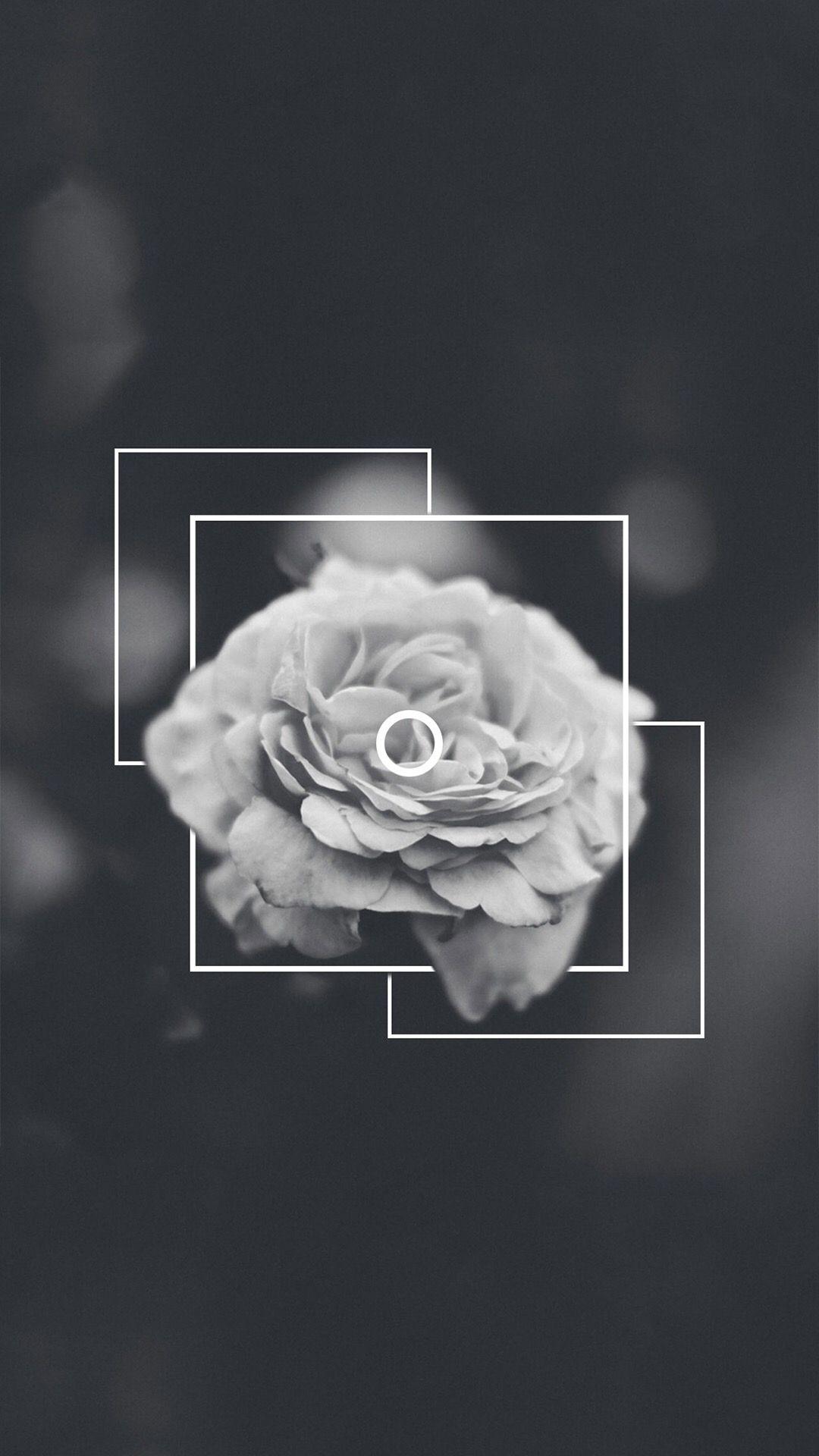Decoding Aesthetic White: Undertones, Uses, and Comparisons
Sherwin-Williams Aesthetic White (SW 7035) is more than just another off-white. This popular paint color boasts a complex interplay of warm beige and cool gray undertones, resulting in a versatile neutral backdrop perfect for a variety of design styles. Its subtle nuances create a cozy and inviting atmosphere, making it a favorite for homeowners seeking a timeless yet trendy shade.
What Makes Aesthetic White Unique?
Aesthetic White distinguishes itself from stark white with its whisper of beige and hint of gray. This delicate balance creates a warmer, more inviting feel, while the subtle gray influence prevents the overly yellow cast often found in traditional beiges. This adaptability makes it incredibly versatile, especially in high-traffic areas. Furthermore, it effectively masks minor wall imperfections, offering a practical solution for older homes or walls with slight blemishes.
If you’re looking to give your bathroom a luxurious makeover without breaking the bank, check out our guide to creating an aesthetic bathroom on a budget.
Where to Use Aesthetic White
Aesthetic White’s adaptability extends to a wide range of applications, both inside and out:
- Walls: Create a warm, inviting backdrop in any room.
- Trim and Molding: Add a touch of subtle elegance and warmth, framing rooms beautifully.
- Cabinets: Bring warmth and sophistication to kitchens, pairing well with various countertop materials.
- Exterior Walls: Give your home’s exterior a fresh, updated look with timeless charm.
Pairing Aesthetic White with Other Colors
Aesthetic White harmonizes with various color palettes:
- Neutrals: Combine with beige, gray, and taupe for a calming, cohesive aesthetic.
- Accent Colors: Use it as a backdrop for bolder shades like navy blue, emerald green, or terracotta.
- Inspiration Online: Explore countless online examples showcasing its versatility.
For those who are looking for a budget-friendly way to update their flooring, consider installing affordable vinyl tile.
Deep Dive into Aesthetic White’s Undertones
Aesthetic White’s personality stems from its unique blend of undertones. While primarily a warm off-white, the subtle gray undertones prevent it from feeling overly creamy or yellow. This balanced blend allows it to adapt to its surroundings, playing well with both cool and warm-toned décor.
However, lighting conditions significantly influence the perceived undertones. Some designers like Kylie M Interiors suggest that while generally neutral, Aesthetic White can occasionally exhibit hints of pink or green, depending on the light. This chameleon-like quality further enhances its versatility. Some experts believe the gray influence makes it particularly suitable for spaces with ample natural light, while others suggest the beige undertones warm up cooler, north-facing rooms. Ultimately, testing a sample in your specific space is crucial to understand how the light interacts with the color throughout the day.
Comparing Aesthetic White with Other Popular Whites
Aesthetic White vs. Shoji White
While both are warm off-whites, key differences exist. Shoji White (SW 7042) leans towards a creamier, more yellow-influenced beige with subtle green-gray undertones. Aesthetic White, with its near-imperceptible undertones, presents a cleaner, less yellowed appearance. Shoji White excels in warm, inviting spaces with natural materials, while Aesthetic White shines in modern, minimalist settings with cool undertones. The table below summarizes their key characteristics:
| Feature | Shoji White (SW 7042) | Aesthetic White (SW 7035) |
|---|---|---|
| Undertone | Subtle green-gray, beige, yellow | Near imperceptible, warm |
| LRV | 74 | 73 |
| Warmth | Warmer, creamier | Less warm, less yellow |
| Ideal Design Style | Warm, inviting, natural materials | Modern, minimalist, cool undertones |
Aesthetic White vs. Egret White
Both Aesthetic White (SW 7035) and Egret White (SW 7570) offer warm undertones, but their nuances create distinct atmospheres. Aesthetic White, with its warm orange and beige undertones, complements warmer brick and stone. Egret White, on the other hand, embodies a softer, warm greige (gray-beige) bordering on a very light beige. Their LRV values also differ slightly, with Aesthetic White reflecting more light for a brighter space, while Egret White offers a subtler ambiance.
| Feature | Aesthetic White (SW 7035) | Egret White (SW 7570) |
|---|---|---|
| Undertone | Warm Beige, Orange | Greige, Taupe |
| LRV | 73 | 70 |
| Overall Feel | Cozy, Inviting | Calm, Sophisticated |
| Light Reflection | Brighter | Softer |
Aesthetic White vs. Pure White and Agreeable Gray
Compared to pure white, Aesthetic White provides a warmer, more inviting feel and conceals imperfections more effectively. Agreeable Gray, another popular warm neutral, shares similarities, but Aesthetic White appears lighter and brighter, while Agreeable Gray possesses more depth and gray undertones.
Tips for Using Aesthetic White
- Sheen Matters: A flat or matte finish hides imperfections, while satin or eggshell offers durability and cleanability.
- Lighting is Key: Test samples in your space to observe how natural and artificial light affect the color.
- Consult Experts: Designers or color specialists can offer personalized guidance.
Conclusion
Aesthetic White offers more than just a color; it creates a foundation for a cozy and welcoming home. Its versatility, combined with its ability to adapt to various lighting conditions and color palettes, makes it an excellent choice for both interior and exterior projects. By understanding its nuanced undertones and comparing it with other similar shades, you can confidently choose the perfect white to transform your space.
- How to Get Rid of Mushrooms in Your Lawn: A Complete Guide - April 24, 2025
- How to Get Rid of Ground Hornets: A Safe and Effective Guide to Eliminating Nests - April 24, 2025
- How to Get Rid of German Roaches Fast: DIY Methods for Quick Control - April 24, 2025










